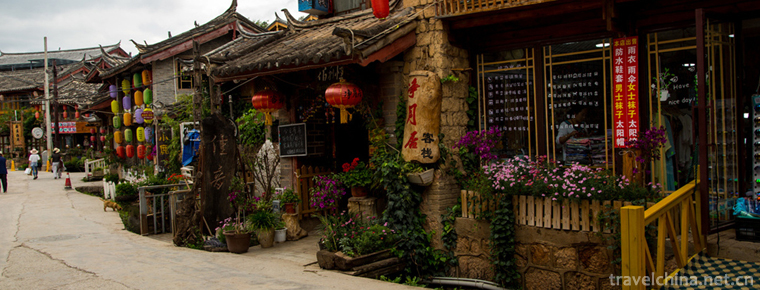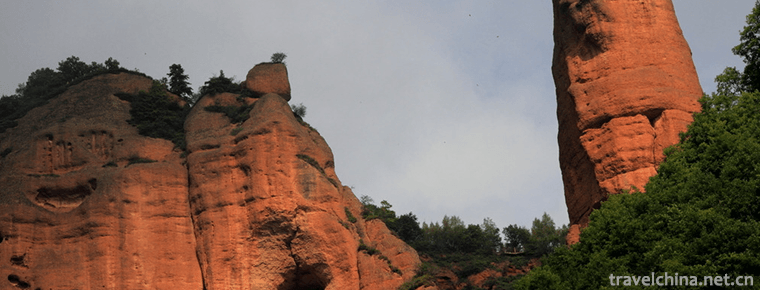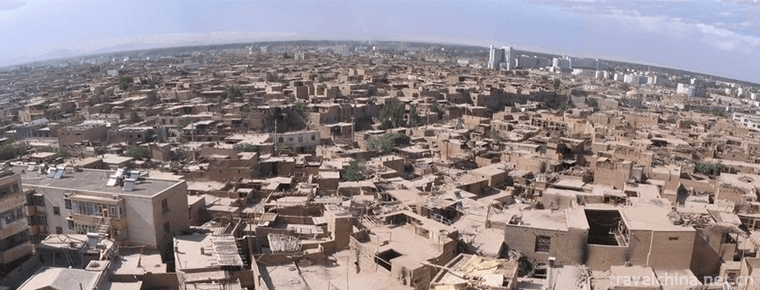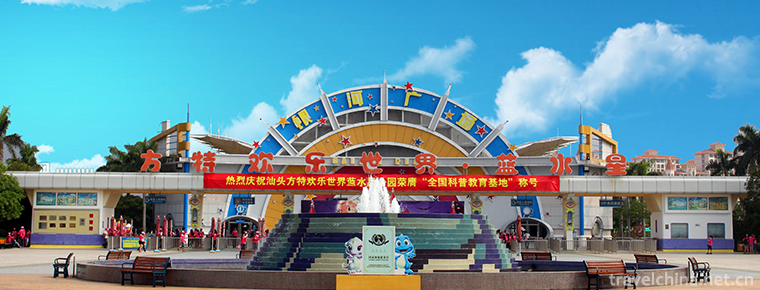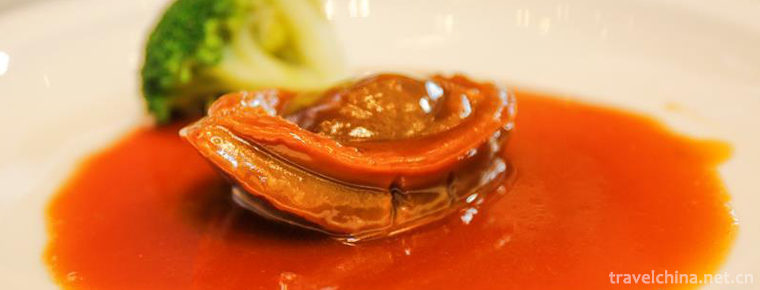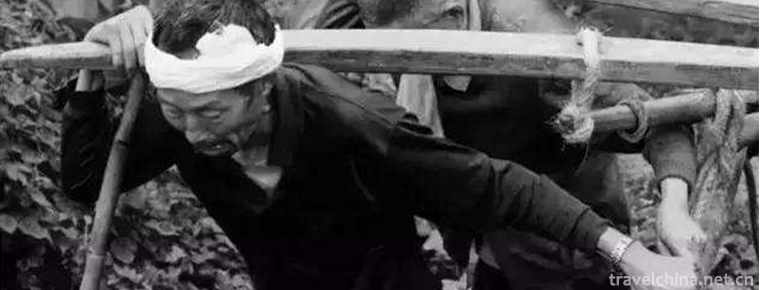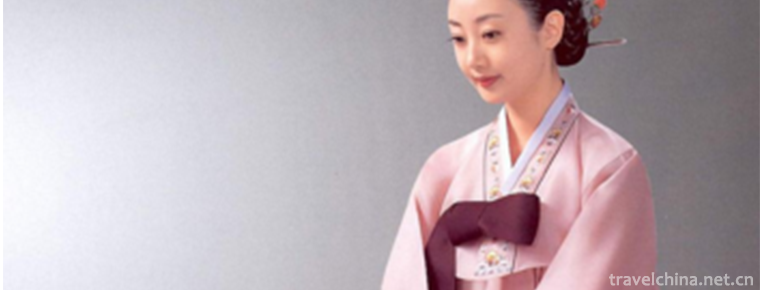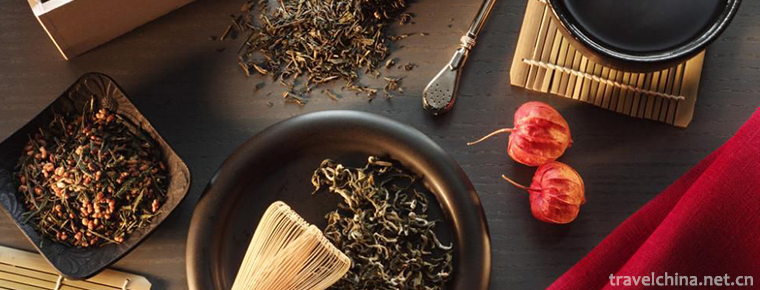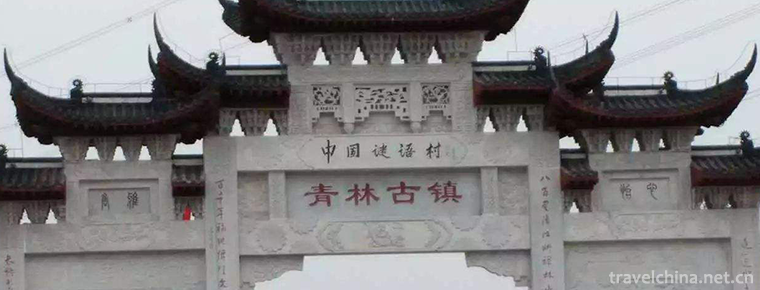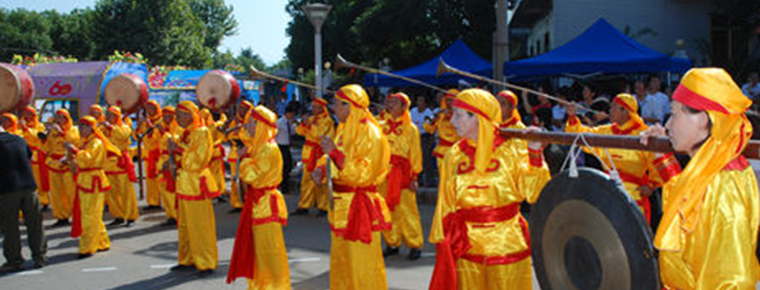Badang dance
Badang dance
Badang Dance is a kind of ancient folk dance, which originated from the ancient Qiang people's "Temple Festival" in Dingxi Minxian, southeastern Gansu Province. It is also a sacrificial ritual activity for local ancestors to pray for the coming year's smooth weather and abundant valleys.
On May 23, 2011, the Badang Dance declared by Minxian County of Gansu Province was listed in the third batch of national intangible cultural heritage list with the approval of the State Council.
historical origin
In some villages (towns) of Xiaozhai, Zhongzhai and Baozi in Minxian County, Gansu Province, an ancient collective dance of villagers is spreading. According to legend, Badang dance is a relic of Qiang and Tibetan culture, which was spread in Xuande period of Ming Dynasty. The word "Badang" is actually the dialectal pronunciation of the word "tiao", which is falsely passed down as Badang. Sow, that is, shake by hand. A snipe is a drum (hand drum).
artistic characteristics
Basic motion
The process of "Badang Dance" consists of "Anchang", "Jingshan God" and "Qijiele". "Anchang" is the first part of "Badang Dance". Under the leadership of "Chunba", the men of this village shake the long handle of "Badang Drum", sing the ancient Qiang language dance songs orally, and step on various steps. The formation begins to dance heartily and sing heartily. In the stage of security, the most common dancing steps are straight footsteps, Chunba Yang, Chunba Yang Sa, difficult to direct Yang Sa, male bus, difficult to get Ma Tan, Australian Ocean, Guai, Saai and so on. One kind of footwork, one kind of singing voice, the scene is solemn, warm, full of mystery. Anchang was followed by "Jingshan God". "Respecting Mountain God" is the most important part of "Badang Dance". At this stage, "Chunba" ignites a fire, leads dancers to "worship the Five Parties" and then dance heartily under the newly established swing. The footwork of "Jingshan God" is different from that of "Anchang". It mainly includes Aunaissa, Auda, Samuyang and Aoyou. The footwork of "Badang Dance" follows the "step song" of the Tang and Song Dynasties. The dance performance has a bright rhythm, strong clang and strong aesthetic sense. The singing is primitive and ancient, melodious and melodious, and full of strong Lyric interest. It is the concentrated expression of the unity and the struggle of the local people of Qiang, Tibet and Han nationalities. After the end of Jingshan god, it is the third part of "Badang Dance". All dancers begin to eat, drink and taste tea, and collectively perform Tibetan chorus. At the same time, they also sang wine songs, tea songs, and the crowd also participated in them, clapping hands or singing. Tibetan and Chinese are mixed together, with great momentum and magnificence.
Prop
The most important prop of "Badang Dance" is "Badang", which is a musical instrument created by the ancestors of primitive society by imitating sound, shape, audio and video. It is specially made of deerskin or sheepskin. "Badang" is an ancient musical instrument known as "Lei Huo", commonly known as "rattle drum" and "long handle drum", earlier than tanggu, hanging drum, waist drum, fan drum, about the diameter of Zhongzhai Guzhuang, Genzhen Road, Qiaojiagou, and other parts of the village community have one family. From textual research, "Badang" has a long history. In ancient times, "Badang" was a thing of gods, very noble. It was only used for dancing during the Spring Festival every year. The rest of the time was hanging on the wall. It could not be knocked at will. Otherwise, it would frighten the gods and bring disaster to the world.
train
In "Badang Dance", the most critical character is "Chunba". "Chunba" is a specially trained leader. They are the inheritors, inheritors and instructors of this ancient culture. One village is chosen and handed down from generation to generation. "Chunba" is the core of "Badang Dance". Before taking office, they should receive strict training in Tibetan Badang Dance Music and footwork. It is an important duty of Chunba to train "Chunba". Every year from December 2nd, the "Chunba" gathers men from all families in the village to divide their work, teaches them dance steps, beating skills of "Badang" and some lyrics, and rehearses the "Badang Dance". Since then, the annual grand celebration has begun.
Inheritance status
In 2004, Dingxi Baihua Performing Arts Co., Ltd. brought this ancient folk dance onto the stage and participated in the provincial program performance with cultural characteristics, which aroused repercussions.
In 2005, "Badang Dance" participated in the provincial Spring Festival Gala and was well received. Since then, "Badang Dance" has appeared in various literary and artistic performances, and is deeply loved by the audience.
In May 2011, "Badang Dance" was listed in the third batch of national intangible cultural heritage.
In September 2014, "Badang Dance" as the only drama in our province participated in the 12th China Folk Literature and Art Mountain Flower Award evaluation activities. It stood out in the fierce competition with its ancient primitive beauty, wild beauty, masculine rhythm beauty, melody beauty, unique regional style, distinct national characteristics and exquisite stage performance.
Inheritance significance
Badang dance, as an ancient folk dance, is the crystallization of the long-term labor wisdom of the working people and has great development value. It not only retains the extremely ancient primitive beauty and wild beauty, but also has the beauty of rhythm and rhythm of dance, full of masculinity. At the same time, Badang dance is also a symbol of national unity and harmony of Tibetan, Han and Qiang nationalities.
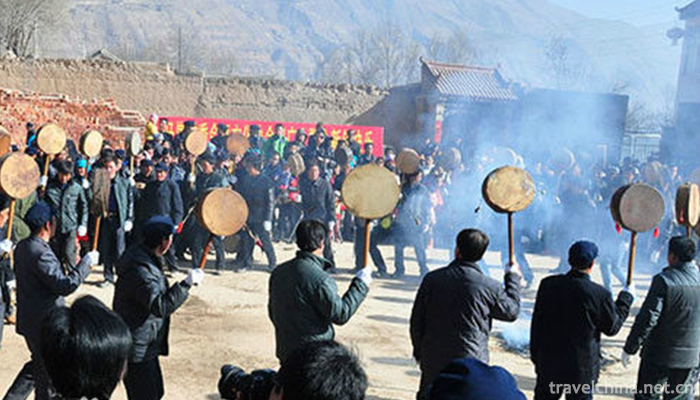
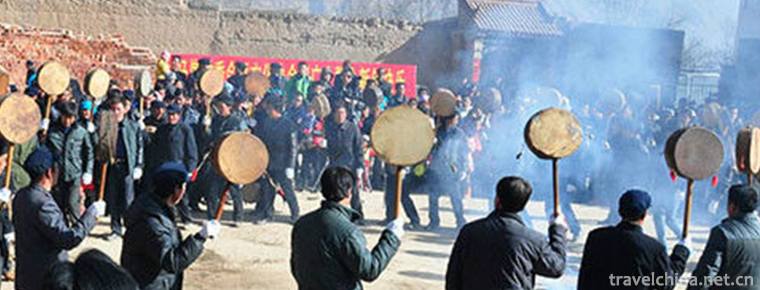
Badang dance
-
Yeliguan Scenic Area
Yeliguan Scenic Area is located in Lintan County, with Yeliguan of Lintan County as the center. It is divided into four scenic areas: Lianhuashan, Xixia, Dongxia and Yehai Lake.
Views: 180 Time 2018-12-26 -
Old city of Kashi
The old urban area of Kashgar City in Xinjiang is like a living cartoon of Xinjiang Uygur folk customs. The old urban area of Kashgar is located in the centre of Kashgar
Views: 207 Time 2019-01-29 -
Shantou Fangte Happy World Blue Mercury Theme Park
Shantou Fangte Happy World Blue Mercury Theme Park is the first participatory high-tech theme park in eastern Guangdong with science fiction as its theme, integrating entertainment,
Views: 235 Time 2019-02-08 -
Eight dishes
Eight-flavor dish is a delicacy, the main ingredients are green pepper, 1000 grams; soybean, 1000 grams; head vegetables, 3000 grams; sugar, 250 grams; vinegar, 250 grams; salt, 250 grams; soy sauce,
Views: 464 Time 2019-03-27 -
Carrying a number
Handling trumpets is one of the trumpets of traditional folk songs. It is popular in many fields, such as manual workers, such as loading and unloading, lifting, pushing and pulling goods.
Views: 485 Time 2019-04-03 -
Korean Costume
Korean costume, Korean traditional folklore, one of the national intangible cultural heritage.
Views: 157 Time 2019-04-16 -
Black Tea Production Techniques
Black tea, originally known as "Border Tea", was smuggled across the border by merchants as early as the end of the 16th century. In the Ming Dynasty, black tea was designated as
Views: 130 Time 2019-05-03 -
The riddle of Qinglin Temple
The number of riddles in Qinglin Temple is abundant, there are about 5000. There are many kinds of riddles, such as object riddles, event riddles and crossword riddles. Many of the riddles have high c
Views: 132 Time 2019-06-11 -
Shengzhou Blows
Shengzhou blowing is one of the main components of "gong and drum in eastern Zhejiang". "Zhedong Gong and drum" generally refers to the traditional folk instrumental music in easte
Views: 184 Time 2019-06-14 -
Yuxian Temple
Yuxian temple was built in Tongzhi period of Qing Dynasty. There is a beautiful folklore about the name of Yuxian temple. It is said that in ancient times, a man went to Mount Emei to seek immortality.
Views: 271 Time 2020-10-15 -
Luzhou Medical and health
By the end of 2018, there were 46 primary health institutions and 39 other health institutions in the city, including 46 primary health institutions and 1 professional health institution. Among the hospitals, there are 97 general hospitals, 15 TCM hospitals and 35 specialized hospitals
Views: 137 Time 2020-12-14
